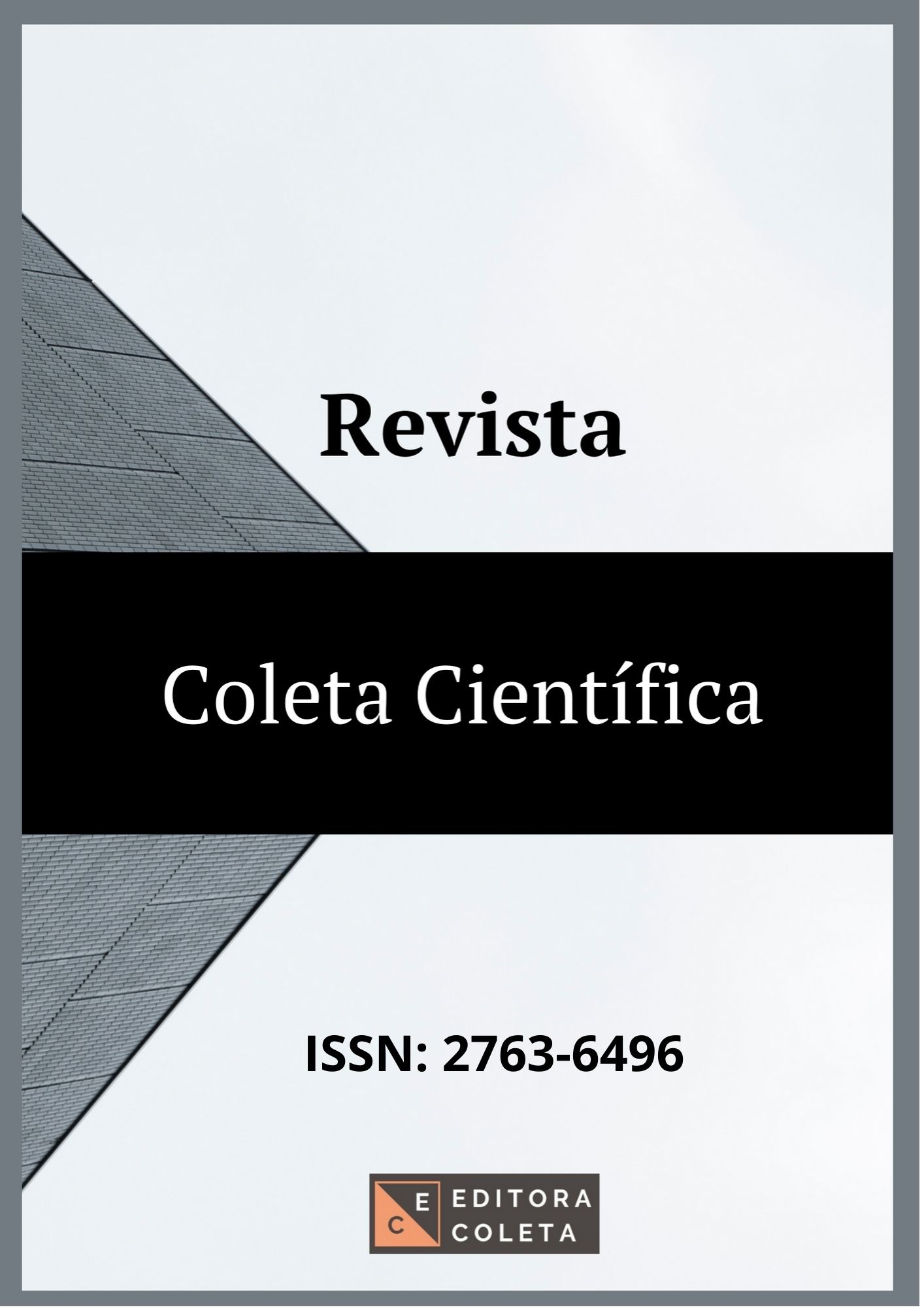GALACTOMANAN BIOHYDROGEL STABILITY STUDY ASSOCIATED WITH KARITÉ BUTTER
DOI:
https://doi.org/10.7910/DVN/3B7SSKKeywords:
Karite butter. Galactomannan. Biohydrogel.Abstract
This study shows the development of a biohydrogel from galactomannan from the species Delonix regia associated with emulsified shea butter. Due to characteristics such as atoxity, biocompatibility and mainly its use as a vehicle of active principle, biohydrogels have aroused the interest of large industries for natural hydrogels. Shea butter was chosen in the composition of the biohydrogel, because it is used as an emollient, with moisturizing power and has a protective action, has antioxidant properties capable of protecting against free radicals and UV rays. The biohydrogels obtained were submitted to organoleptic and physical-chemical evaluation, followed by preliminary stability tests. In view of the analyzes, it was observed that samples remained stable in the organoleptic evaluation and also showed physical-chemical characteristics that can serve the biohydrogel industry, however, when subjected to higher temperatures, they lost water, showing that hydrogels are quite susceptible to changes due to heat exposure. However, even with the loss of water, these formulations have a great potential to become a product for hair and body use.
References
ANVISA, Agência Nacional de Vigilância Sanitária. Guia de Estabilidade de Produtos Cosméticos/Agência Nacional de Vigilância Sanitária. 1. ed. Brasília: ANVISA, 2004. 52 p.
AOUADA, F.A. Síntese e caracterização de hidrogéis de poliacrilamida e metilcelulose para a liberação controlada de pesticidas. 2009. 141 f. Tese (Doutorado em Ciências Físico-química) – Programa de Pós-Graduação em Química, Universidade Federal de São Carlos, São Carlos, 2009.
BAREL, A.O., PAYE, M., MAIBACH, H.I. Handbook of cosmetic science and technology. 3. ed. New York: Editora Informa Healthcare, 2009.
DRESSLER, A.C. Propriedade reológicas compósitos sol-gel de quitosana/ glicerol/ nanoelementos. 2008. 70 f. Dissertação (Mestrado em Química) – Programa de Pós-Graduação em Química, Universidade Federal do Rio Grande do Sul, Porto Alegre, 2008.
GOMES, A.L. O uso da tecnologia cosmética no trabalho do profissional cabelereiro. 5° edição. São Paulo: Senac, 1999.
MAANIKUU, P.M.I., PEKER, K. Medicinal and Nutritional Benefits from the Shea Tree – (Vitellaria Paradoxa). Journal of Biology, Agriculture and Healthcare, v. 7, n. 22, p. 51-57, 2017.
MARANZ, S, WIESMAN, Z. Influence of Climate on the Tocopherol content of Shea Butter. Journal of Agricultural an Food Chemistry, v. 52, n. 10, p. 2934-2337, 2004.
MOURA, M.R. Caracterização de Matriz Polimérica de Hidrogel Termosensível Sintetizada a Partir de Alginato-Ca2+ e Poli (N-isopropil acrilamida), do Tipo IPN e Semi-IPN. 2005. 120 f. Dissertação (Mestrado em Química) – Programa de Pós-Graduação em Química, Universidade Estadual de Maringá, Maringá, 2005.
SABADINI, R.C. Redes poliméricas de macromoléculas naturais como hidrogéis superabsorventes. 2015. 150 f. Dissertação (Mestrado) – Instituto de Química de São Carlos, Universidade de São Paulo, São Carlos, 2015.
SEMMLER, T.C. Estudos de pré-formulação e desenvolvimento de preparações cosméticas. 2011. 150 f. Trabalho de Conclusão de Curso (Graduação em Farmácia-Bioquímica), Universidade Estadual Paulista, Araraquara, 2011.
Downloads
Published
How to Cite
Issue
Section
License
Copyright (c) 2020 (CC BY 4.0)

This work is licensed under a Creative Commons Attribution 4.0 International License.



















